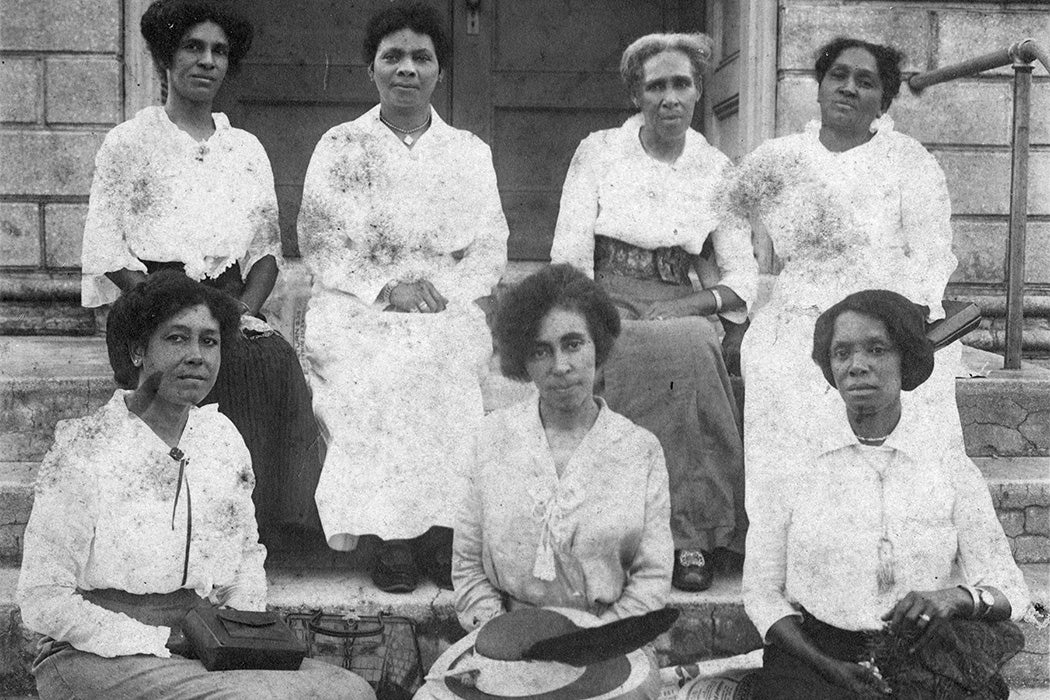History is written by the victors, as the saying goes. One notable exception is the “Lost Cause” narrative invented by the Confederacy, which lost the Civil War but controlled the prevailing historical narrative about the war and its aftermath for decades. The argument—that the South’s cause in the Civil War was noble, that slavery was benign, and that Reconstruction was a failure—largely became the American story in the first half of the twentieth century. But the myth was contested from the beginning by Black Americans.
Historian Joan Marie Johnson explores how racially segregated women’s clubs in the South battled over that history, arguing that: “white women [were] part of the effort to create a culture of segregation in the New South as black women fought to combat that culture.”
In the late nineteenth century, “vast numbers of black and white women across the nation began to participate in a myriad of women’s organizations, including the Woman’s Christian Temperance Union (WCTU), church missionary societies, and woman suffrage associations.” In the South particularly, white women’s literary clubs were “organized expressly for the study of literature and history and then took up community service.”
That literature and history was specifically written by Confederates or the children of Confederates, including women. Indeed, there was much membership overlap between white women’s clubs and the United Daughters of the Confederacy (UDC), which was organized in 1894, Johnson writes, to “promote the Lost Cause by defending, preserving, and transmitting the memory of the Confederacy.”
A major force in “building Confederate monuments and writing and regulating history,” the UDC united with white women’s clubs to strongly influence the history taught in schools, available in libraries, and otherwise celebrated. “Monuments, rituals, and texts legitimized collective memories,” Johnson writes, adding that the history they put forth “was a powerful tool for ordering the present.” Importantly, both the UDC and the women’s clubs “organized after the process of disfranchisement and the legalization of segregation had already begun.”
In South Carolina, Johnson’s case study, most Black voters were legally disfranchised by 1895; schools were segregated the same year; railroad cars were soon segregated, too. “Contemporary blacks…understood the threat the UDC and other proponents of the Lost Cause posed to black Americans,” writes Johnson. Black “clubwomen across the South and in South Carolina understood that they had to define African American identity for themselves through their study of history, literature, and culture.”
Weekly Newsletter
Education was a major struggle. Lost Cause textbooks and white schoolteachers taught Black children that they were inferior, that enslaved people were happy and content, and that the Klan was heroic. Black clubwoman Mamie Fields, whose memoirs Johnson quotes, remembered that “they drill into us” the “Rebel tradition.” In 1919, supported by Black clubwomen, the NAACP fought for Black educators to teach Black students. Even though the state legislature approved—they saw it as furthering segregation—Black parents and teachers saw it as a victory against a poisonous ideology.
Resistance to segregation never ceased, and it ultimately resulted in the dismantling of legal segregation. Yet the battle over history, which is always a battle over the present, continues.







